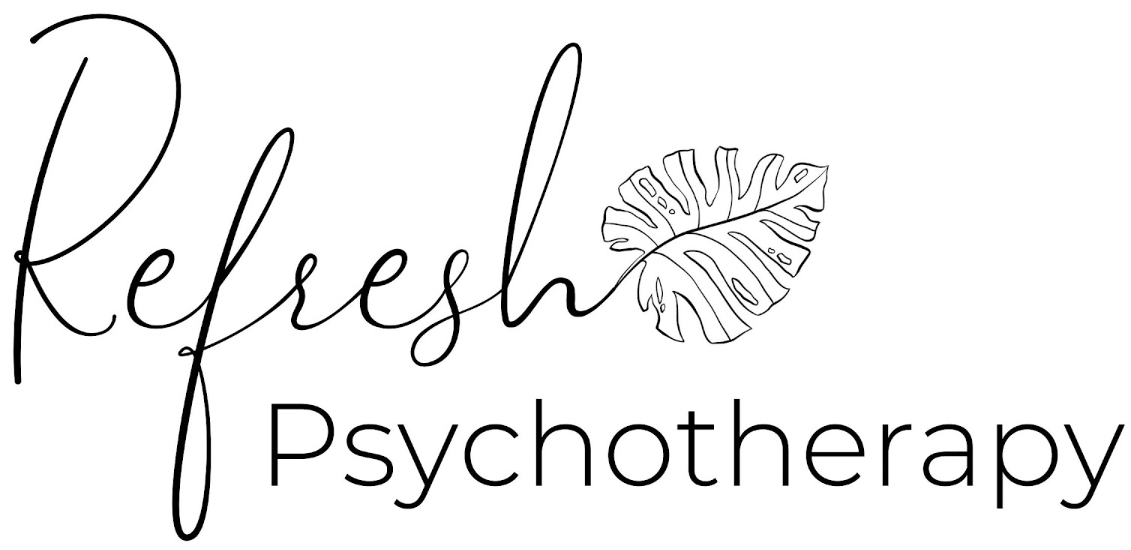
Understanding Dissociative Identity Disorder and the Role of Therapy
Dissociative Identity Disorder (DID), formerly known as Multiple Personality Disorder, is a complex psychological condition that is often misunderstood. It is characterized by the presence of two or more distinct personality states or identities within a single individual. These identities may have their own names, ages, histories, and characteristics. Individuals with DID may experience gaps in memory and consciousness, which can significantly impact their daily functioning and quality of life.
The Complexity of DID
DID is believed to stem from severe and prolonged trauma during early childhood, often related to extreme, repetitive physical, emotional, or sexual abuse. The disorder is a sophisticated coping mechanism; the individual dissociates themselves from a situation or experience that’s too violent, traumatic, or painful to assimilate with their conscious self.
Symptoms and Challenges
The primary feature of DID is the presence of multiple identities or personality states, each with its distinct mode of being and perceiving the world. Individuals may find themselves doing things they don’t remember doing, finding unfamiliar items among their possessions, or feeling like there are different voices trying to take control in their head. These symptoms can be highly distressing and may lead to significant disruptions in the person’s life.
The Role of Therapy in Managing DID
Therapy is crucial in the treatment and management of DID. The therapeutic process involves several key components aimed at integrating the separate identities into one primary identity and helping the individual cope with their traumatic memories in a healthy way.
1. Establishing Safety
The first step in therapy is creating a safe and supportive environment. Individuals with DID have often experienced significant trauma, making it essential to establish a sense of safety and trust within the therapeutic relationship.
2. Diagnostic Clarification
Given the complex nature of DID, careful assessment and diagnosis are critical. This involves a detailed exploration of the individual’s history, symptoms, and functioning to ensure that the treatment plan is tailored to their specific needs.
3. Stabilization
Therapists work with individuals to develop coping strategies to manage distressing symptoms and to stabilize their emotional state. This may involve techniques for grounding, mindfulness, and emotional regulation to help individuals stay connected to the present moment and reduce dissociative episodes.
4. Trauma Processing
Central to the treatment of DID is the careful and gradual processing of traumatic memories. This is done in a controlled and supportive environment, often using techniques like Eye Movement Desensitization and Reprocessing (EMDR) or trauma-focused cognitive-behavioral therapy (CBT).
5. Integration
The goal of therapy is not to eliminate the different identities but to help them work together more cohesively. Integration involves fostering communication and cooperation among the identities, reducing amnesia, and consolidating memories and experiences into a more unified sense of self.
6. Rehabilitation
As individuals gain greater control over their symptoms and start to integrate their identities, therapy focuses on rehabilitation. This involves building skills for better daily functioning, improving relationships, and working on life goals that were previously hindered by the disorder.
Conclusion
Dissociative Identity Disorder presents unique challenges, but with appropriate, specialized therapy, individuals can achieve significant improvements in their quality of life. Therapy offers a path towards healing, helping individuals to integrate their different identities, process their trauma, and move forward with a greater sense of wholeness and self-understanding. It’s a journey of reconnection with oneself, guided by the compassionate support of psychotherapy.
Written by: Kat Heidelberger, LMSW
